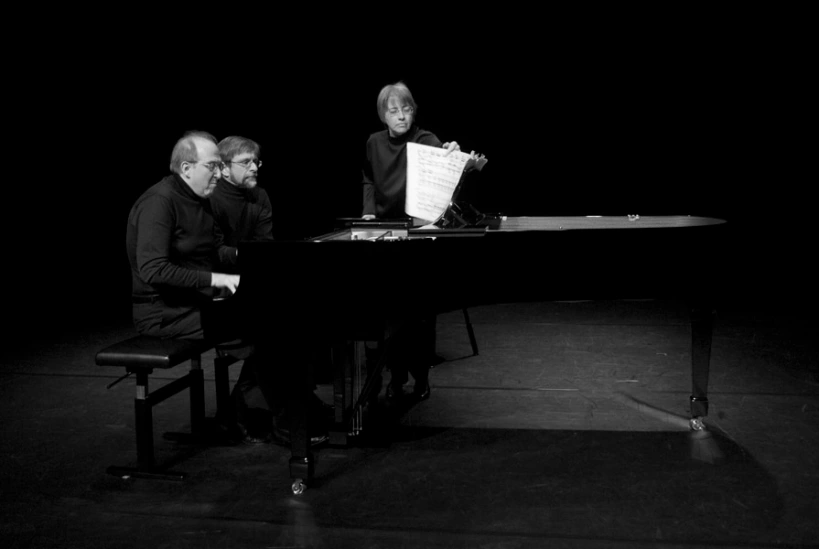My Répons post below is a longer version of a letter I wrote to the editor of the NY Times Arts and Leisure section. I got word from the Times today that they “hope to print…it in an upcoming issue.” I’ll be interested to see if there is any reaction if the letter appears.
For now, let me add that there used to be a project some 20+ years ago called “AT&T American Encore”, which supported repeat performances of American compositions. The Philadelphia Orchestra and the LA Philharmonic were involved, and the pieces performed as part of this project included works by Harbison, Crumb, Stucky, Argento, Harrison, and Kirchner. It also supported performances of older pieces that seem to me to hardly need special advocacy - the Copland 3rd and Ives’s Unanswered Question. We could surely use an encore for “Encore”, though I would hope that the focus would be more exclusively on recent music.
We are engulfed by a multiplicity of interpretations of older music, but that is not often the case with new music. Think of pieces that have usually been associated with the composer’s own performances. Our perception of Music for Eighteen Musicians changed with the release of the Grand Valley State University recording. Meredith Monk’s work has changed with the appearance of The M6 ensemble. Robert Carl’s fine book on In C documents how the widely varied recordings of the piece speak to its richness. (Read an interview with Robert about the book, conducted by Frank Oteri of the American Music Center’s New Music Box here.) We are used to comparing myriad versions of a Schubert song cycle, but it was an uncommon experience to attend a performance of John Harbison’s Mirabai Songs at Songfest a few years ago with each song performed by a different singer: six different lights cast upon the same musical object, each revealing new facets, new shadows.
To speak of the multiple performance issue from a different angle: I’ve had the privilege of performing Crumb’s Celestial Mechanics with pianist Lambert Orkis on numerous occasions. That piece feels extremely different to me as a performer compared with all those pieces that I’ve played once and had to set aside. It’s not just a matter of comfort, of having the piece more securely in hand. It’s about a deeper level of understanding the piece. We take it for granted with a Beethoven sonata, but in new music we too often have to do without the depth that repetition alone can provide. Multiple performers, repeat performances - we need them for a healthy new music culture.
Here’s a picture of Lambert and I playing the Crumb at the Trondheim Chamber Music Festival. Jan Orkis assists as page turner and third pianist in the six-hand passages.